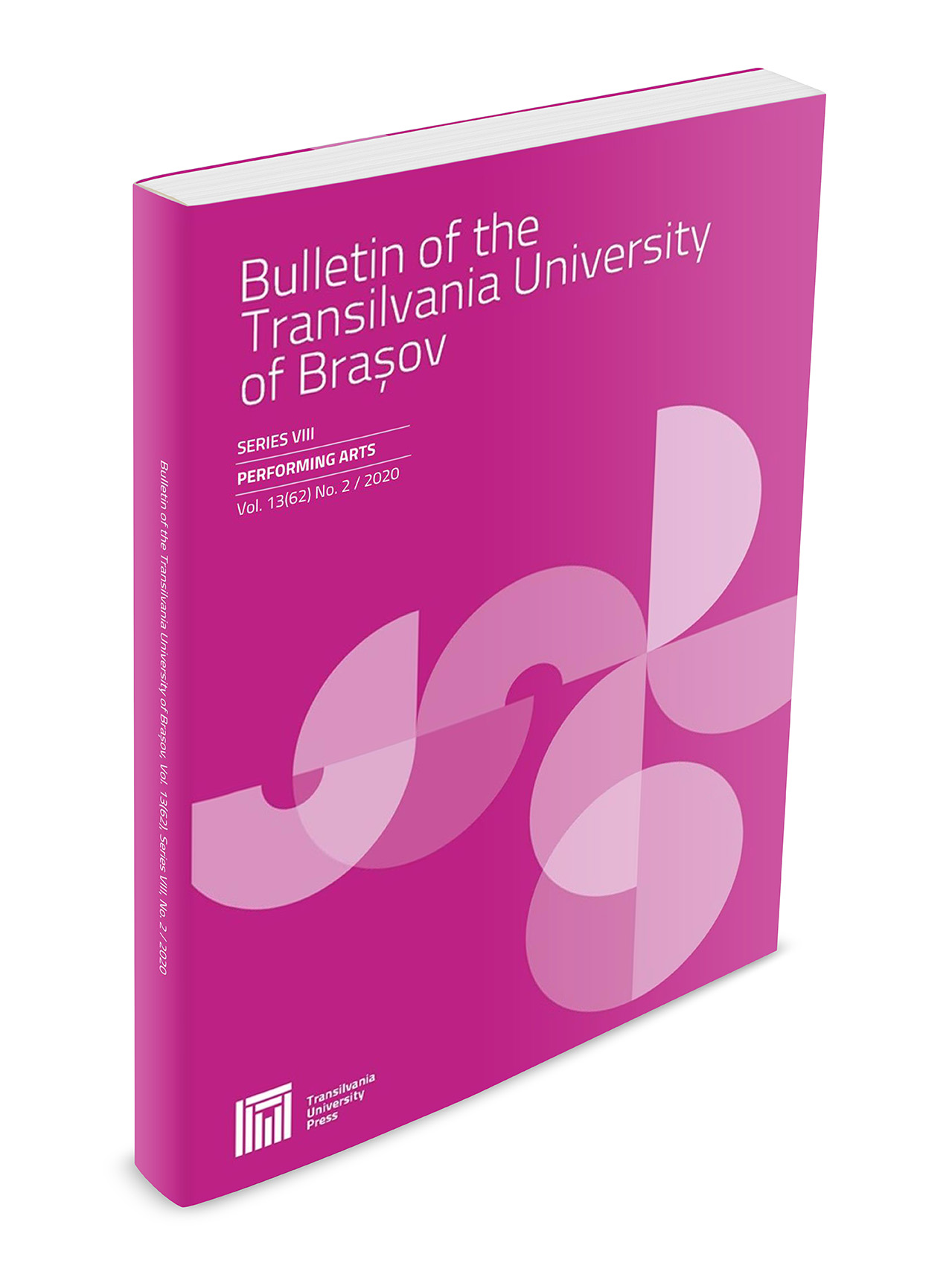Art-Nouveau and the Portrait of the Fin de Siecle Woman in Jules Massenet’s Cleopatre
DOI:
https://doi.org/10.31926/but.pa.2020.13.62.3.17Keywords:
Art Nouveau, Belle Époque, fin de siècle, feminine, Massenet, CléopâtreAbstract
The present paper strives to evoke the context in which one of Jules Massenet’s last operas, “Cléopâtre” was created: the Belle Époque period with its various stylistic orientations. Among the numerous art movements of the fin de siècle, Art Nouveau establishes itself as one of the most important styles, gradually becoming an international style often associated with the Belle Époque. Characterized by curving forms and undulating lines, Art Nouveau was used in architecture, fine and applied arts. One of the aims of this style was to dissolve the distinction between the various forms of art. Art Nouveau representations gave birth to a particular feminine type, also represented in Massenetțs “Cléopâtre”, an opera inspired by the vocal and dramatic endowments of French singer Lucy Arbell. The analysis focuses on the vocal characterization of Cléopâtre as a sonorous representation of the fin de siècle woman, highlighting some of the musical innovations employed by Massenet in this final work.Downloads
Published
Issue
Section
License
Copyright (c) 2021 Bulletin of the Transilvania University of Braşov. Series VIII: Performing Arts

This work is licensed under a Creative Commons Attribution 4.0 International License.




